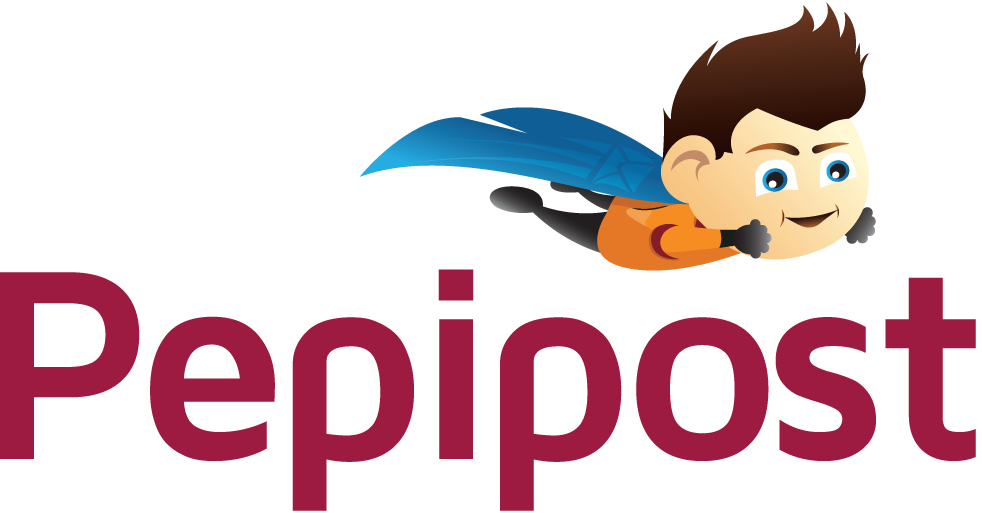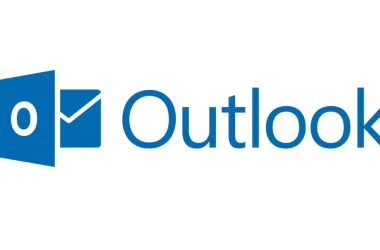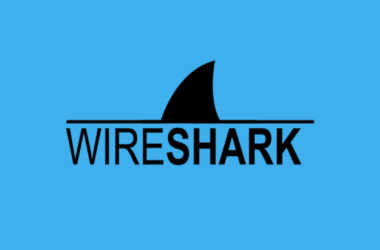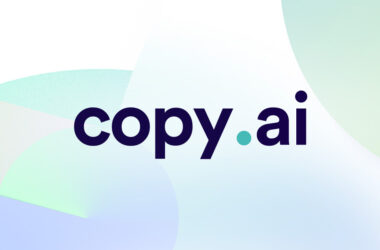In today’s rapidly evolving digital landscape, effective email communication is the lifeblood of businesses. Whether it’s delivering essential transactional emails or launching marketing campaigns, selecting the right email delivery service is paramount. While Mailgun has been a trusted name in the industry, it’s crucial to keep pace with technology and explore Mailgun alternatives that can cater to your unique requirements.
Understanding Mailgun
Before diving into the world of Mailgun alternatives, let’s take a deeper look into what Mailgun brings to the table. Understanding its features, limitations, and what sets it apart will provide valuable context for our exploration.
Mailgun’s Features:
Mailgun has long been renowned for its impressive array of features, making it an attractive option for businesses of all sizes:
- Email Sending: Mailgun provides a robust platform for sending both transactional and marketing emails, ensuring that your messages reach their intended recipients with the reliability and timeliness that businesses demand.
- Email Validation: It offers a sophisticated email validation service, helping you maintain a pristine email list by identifying and removing invalid addresses, thereby reducing bounce rates and safeguarding your sender reputation.
- Analytics and Reporting: Mailgun’s detailed analytics and reporting tools empower businesses to monitor the performance of their email campaigns closely. This invaluable insight enables data-driven decision-making, allowing you to optimize your messaging strategies.
- SMTP and API Support: Whether you prefer the simplicity of SMTP or the flexibility of API, Mailgun caters to your needs, allowing seamless integration into your existing systems, making it an ideal choice for businesses looking for an email delivery service that aligns with their existing infrastructure and workflows.
Limitations of Mailgun:
However, no email service is without its limitations. Here are a couple of key points to keep in mind:
- Pricing: For businesses with substantial email volumes, Mailgun’s pricing structure may become a significant consideration. As your email outreach grows, costs can increase, potentially affecting your budget planning and cost-effectiveness.
- Learning Curve: Implementing and configuring Mailgun, especially for those not well-versed in email infrastructure, can pose a challenge. It demands a certain level of technical expertise, and businesses with limited technical resources might find this aspect daunting.
What Sets Mailgun Apart:
Mailgun’s distinguishing strength lies in its impressive deliverability rates and comprehensive feature set. It’s the go-to choice when timely and reliable email delivery is mission-critical. However, given the rapidly evolving technology landscape, businesses often seek Mailgun alternatives for various compelling reasons.
Why Look For A Mailgun Alternative

Let’s explore the compelling reasons why businesses might consider Mailgun alternatives.
1. Cost Considerations
As your business grows, so does your email volume. Mailgun’s pricing structure may become less cost-effective for businesses sending a high volume of emails. Exploring Mailgun alternatives with more flexible pricing options can help manage costs effectively.
2. Integration Simplicity
The complexity of integrating Mailgun into your existing systems and workflows can be a barrier for some businesses. Mailgun alternatives that offer easier integration without requiring extensive technical expertise can streamline your operations.
3. Specialized Features
Depending on your business’s unique needs, you may require specialized features not provided by Mailgun. Some Mailgun alternatives offer specific capabilities for marketing automation, A/B testing, or other functions that align better with your objectives.
4. Redundancy and Reliability
Business continuity is crucial. Exploring Mailgun alternatives that provide redundancy and failover options can ensure that your email communications remain uninterrupted even in the face of unexpected issues or outages.
Commonly Used Mailgun Alternatives

Now, let’s embark on our journey to explore the world of Mailgun alternatives. We’ll delve into these Mailgun alternatives, each offering unique advantages and capabilities:
1. SendGrid: Scalability at Its Finest
SendGrid, now part of Twilio, is an email delivery platform renowned for its scalability. With developer-friendly APIs and a proven track record, it’s a favorite among businesses seeking robust features such as email templates, A/B testing, and real-time analytics to enhance their marketing campaigns and engage with their audiences more effectively.
SendGrid’s extensive suite of tools not only simplifies email delivery but also provides marketers with the necessary insights to refine their strategies continuously. Its scalability ensures that businesses can comfortably accommodate growing email volumes without compromising deliverability or incurring exorbitant costs.
2. Amazon SES (Simple Email Service): Scalability and Cost-Effectiveness Combined
Amazon SES, a cloud-based offering by AWS, stands out for its scalability and cost-effectiveness. This versatile service caters to both transactional and marketing email needs, making it a reliable choice for businesses that require an efficient and budget-friendly email delivery solution.
Amazon SES offers tiered pricing that aligns with your email volume, ensuring that you only pay for what you use. This makes it an appealing option for businesses looking to manage their email expenses effectively while scaling their operations to reach a broader audience.
3. SMTP.com: A Focus on Deliverability and Security
SMTP.com places a strong emphasis on email deliverability and security. Offering comprehensive email authentication features and real-time reporting, it’s an ideal choice for businesses seeking to enhance campaign performance and ensure that their emails consistently reach the inbox, thus bolstering their reputation.
SMTP.com’s commitment to deliverability extends beyond the technical aspects. It provides businesses with valuable insights into their email performance, allowing them to fine-tune their campaigns for better engagement and conversion rates. Its robust security measures provide peace of mind, ensuring that sensitive data remains protected throughout the email journey.
4. Postmark: Developer-Friendly Transactional Email Delivery
Postmark is a developer’s dream when it comes to transactional email delivery. Boasting high deliverability rates and straightforward API integration, it simplifies the process of sending critical transactional messages, making it a preferred option for businesses looking for an email delivery solution that aligns seamlessly with their development processes.
Postmark’s dedication to developers is evident in its user-friendly documentation and support resources. It not only ensures that your transactional emails land in the inbox promptly but also simplifies the implementation and maintenance of your email infrastructure, reducing the technical overhead for your team.
5. SparkPost: The Power of Real-Time Analytics
SparkPost offers a blend of transactional and marketing email services. Its real-time analytics and reporting tools empower businesses to fine-tune their email campaigns effectively, enabling them to make data-driven decisions and optimize their messaging strategies for better engagement and conversion rates.
With SparkPost, you gain access to a treasure trove of data that goes beyond opens and clicks. It provides insights into email delivery, engagement, and even predictive analytics to help you stay ahead of the curve and deliver compelling messages that resonate with your audience.
6. Mailchimp Transactional Email (formerly Mandrill): Seamless Transition
For those already using Mailchimp for marketing automation, Mailchimp Transactional Email offers a seamless transition. Integration with your existing Mailchimp account is a breeze, allowing businesses to maintain continuity in their email marketing efforts while leveraging the specialized capabilities of Mandrill.
Mailchimp Transactional Email brings the best of both worlds by combining the ease of Mailchimp’s marketing automation with transactional email capabilities. It’s a solution that streamlines your email efforts, providing a unified platform for your marketing and transactional communication needs.
7. Elastic Email: Reliable Email Delivery, Simplified
Elastic Email stands out for its user-friendliness and dependable email delivery. It provides a suite of tools for managing email campaigns and boosting deliverability, making it an attractive choice for businesses seeking a straightforward and reliable solution for their email outreach.
With Elastic Email, simplicity is the key. It offers a clean and intuitive user interface, making it easy for marketers and developers alike to navigate and utilize its features effectively. Additionally, its deliverability-focused tools help ensure that your emails reach the inbox consistently.
8. SMTP2GO: Cloud-Based Simplicity
SMTP2GO, a cloud-based email service, shines with its simplicity and reliability. Features like email authentication and real-time tracking make it a compelling choice for businesses looking to streamline their email delivery processes while ensuring their emails reach their intended recipients.
SMTP2GO’s cloud-based approach simplifies the email-sending process. It takes care of the technical complexities, allowing you to focus on creating engaging email content. Real-time tracking and reporting further enhance your ability to monitor performance and make data-driven improvements to your campaigns.
9. SendinBlue: All-in-One Solution for Email Marketing
SendinBlue, while known primarily as an email marketing platform, also offers transactional email services. It’s an all-in-one solution for businesses seeking a comprehensive email marketing and transactional email platform, allowing them to manage all their email communication needs in one place efficiently.
SendinBlue’s versatility is its hallmark. It combines robust email marketing features, including automation and segmentation, with transactional email capabilities. This all-inclusive approach simplifies your email operations and ensures a cohesive communication strategy.
10. Pepipost: Inbox-Centric Email Delivery
Pepipost’s primary focus is delivering emails to the inbox. With real-time reporting and analytics, it provides the tools needed to monitor email performance and optimize campaigns, ensuring that businesses can maintain a positive sender reputation and consistently reach their audience’s inbox.
Pepipost takes a proactive approach to deliverability. Its inbox-centric strategy employs cutting-edge technology to ensure your emails are not only delivered but also engage with recipients effectively. Real-time insights enable quick adjustments to your email strategy, resulting in improved engagement rates and business success.
Factors To Consider While Choosing The Perfect Mailgun Alternative

Selecting the ideal Mailgun alternative is a decision that should not be taken lightly. To help you make an informed choice, let’s delve into the key factors you should consider:
1. Volume and Pricing: Finding the Balance
Evaluate your email volume and budget constraints meticulously. Some Mailgun alternatives may prove more cost-effective for high-volume email sends, ensuring that you can efficiently manage your email outreach without straining your financial resources.
The cost of sending emails can escalate rapidly with growing volumes. Alternatives like Amazon SES offer tiered pricing, providing cost savings as your email needs expand. Carefully analyze your budget and projected email volumes to identify an alternative that strikes the right balance between cost and performance.
2. Ease of Integration: Seamless Compatibility
Consider how easily your chosen Mailgun alternative can integrate into your existing systems and workflows. Integration should be smooth and hassle-free, allowing your business to maintain operational efficiency while implementing the new email delivery solution.
Efficient integration is crucial to minimizing disruptions and ensuring a seamless transition to the new email platform. Alternatives like SendGrid and Postmark offer well-documented APIs and extensive integration support, simplifying the process for your development team and reducing downtime.
3. Deliverability: The Inbox is Your Destination
Examine the deliverability rates and email authentication features of each Mailgun alternative with a keen eye. Ensuring that your emails consistently reach the inbox is of paramount importance, as it directly impacts your ability to engage with your audience and achieve your business objectives.
Deliverability is not solely dependent on the service but also on your email practices. Choose an alternative that actively monitors and helps improve deliverability. Services like SMTP.com offer real-time reporting, allowing you to address delivery issues promptly and maintain a positive sender reputation.
4. Reporting and Analytics: Data-Driven Decision-Making
Comprehensive reporting and analytics tools are invaluable for monitoring the performance of your email campaigns. Look for Mailgun alternatives that offer actionable insights, enabling you to make data-driven decisions and continually optimize your messaging strategies for better results.
Detailed analytics go beyond basic open and click rates. Seek alternatives that provide insights into recipient engagement, bounce rates, and conversion tracking. Postmark, for example, offers a wealth of data on email performance, helping you fine-tune your messages to achieve your desired outcomes.
5. Support and Documentation: Help When You Need It
Explore the support options and documentation provided by each Mailgun alternative. Having access to responsive support and comprehensive resources can be a game-changer, ensuring that you have the assistance you need, whether it’s troubleshooting technical issues or maximizing the features of your chosen email delivery solution.
Adequate support and documentation are essential for resolving issues quickly and making the most of your chosen Mailgun alternative. Consider factors such as the availability of a knowledge base, responsive customer support, and a community forum for peer-to-peer assistance when evaluating alternatives like SendGrid, which prides itself on extensive support options.
Conclusion
In the expansive realm of email delivery services, Mailgun has undoubtedly left an indelible mark with its high deliverability and rich feature set. However, as technology advances and businesses evolve, it becomes imperative to explore alternatives that align more closely with your unique needs. Whether it’s scalability, cost-effectiveness, or specialized features, you’ll find a Mailgun alternative that can meet your requirements. By carefully evaluating factors like email volume, integration ease, and deliverability, you can make an astute choice that ensures your email communications are both efficient and effective.









